Frost Protection - UTL Repository
Frost Protection - UTL Repository
Frost Protection - UTL Repository
You also want an ePaper? Increase the reach of your titles
YUMPU automatically turns print PDFs into web optimized ePapers that Google loves.
PASSIVE PROTECTION METHODS<br />
of minerals, organic matter, water and air spaces, which all have different<br />
characteristics. The specific heat of a soil (J kg -1 °C -1 ) is the energy needed to<br />
raise 1 kg of soil by 1 °C (1 K). Multiplying the bulk density by the specific heat<br />
gives the volumetric heat capacity (C V ) in J m -3 °C -1 , which is the energy in<br />
joules needed to raise the temperature of a cubic metre of soil by 1 °C (1 K).<br />
The thermal conductivity (K s ) in W m -1 °C -1 is a factor that relates soil heat<br />
flux density (G) in W m -2 to the temperature gradient in the soil.<br />
⎛ T − T<br />
⎟ ⎞<br />
G = − ⎜ 2 1 Ks W m -2 Eq. 6.1<br />
⎝ z 2 − z 1 ⎠<br />
where T 1 is the temperature at depth z 1 and T 2 is the temperature at depth z 2 , which<br />
is farther from the surface. The minus sign is included to make G positive when the<br />
flux is downward. The thermal conductivity is a measure of how fast heat transfers<br />
through the soil and the heat capacity is a measure of how much energy is needed<br />
to raise the temperature by 1 °C. The diffusivity (κ T ) in m 2 s -1 , which is a measure<br />
of how fast temperature will propagate through the soil, is given by:<br />
κ T<br />
K s<br />
= m 2 s -1 Eq. 6.2<br />
C V<br />
An estimate of the soil surface temperature range (R o ) in °C, for a soil with<br />
uniform properties, is given by:<br />
R o<br />
1<br />
⎡<br />
2<br />
⎛ π ⎞ ⎤<br />
= R z exp⎢z ⎜ ⎟ ⎥ °C Eq. 6.3<br />
⎢<br />
⎣ ⎝ κ T p ⎠ ⎥<br />
⎦<br />
where (R z ) is the temperature range in °C at some depth z in metres and (p) is<br />
the oscillation period in seconds (= 86 400 s per day). For a fixed R z value, R o<br />
decreases as the magnitude of κ T increases. For frost protection, the goal is to<br />
minimize the range of R o , which is accomplished by maximizing κ T . Therefore,<br />
soils with high κ T are less prone to frost damage and the soil water content<br />
should be managed to achieve the highest possible κ T during frost sensitive<br />
periods. Sample soil thermal characteristics for sandy, clay and organic (peat)<br />
soils (Monteith and Unsworth, 1990) are shown in Figure 6.9.<br />
Dark coloured, moist heavy soils tend to absorb more sunlight but have a lower<br />
thermal conductivity than lighter sandy soils (Figure 6.9). Consequently, the<br />
diffusivity is less and they are more prone to frost damage. The heat capacity of<br />
organic (peat) soil changes considerably from less than sand and clay when dry to<br />
123


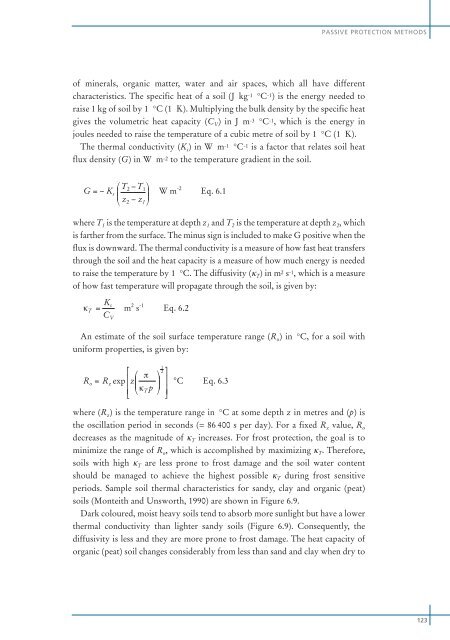
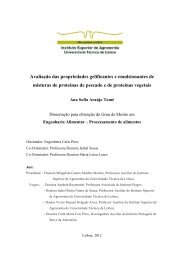
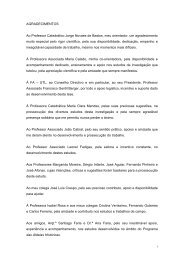
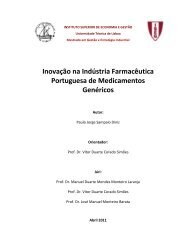
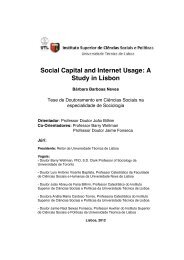
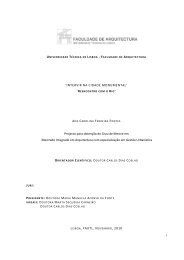
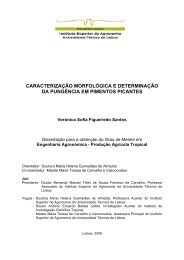

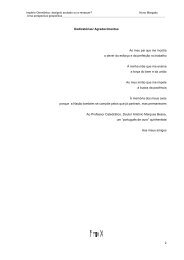
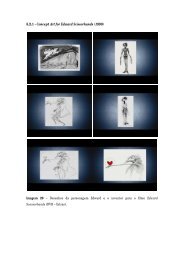
![Tese - Es..[1].pdf - UTL Repository - Universidade Técnica de Lisboa](https://img.yumpu.com/25707135/1/184x260/tese-es1pdf-utl-repository-universidade-taccnica-de-lisboa.jpg?quality=85)


